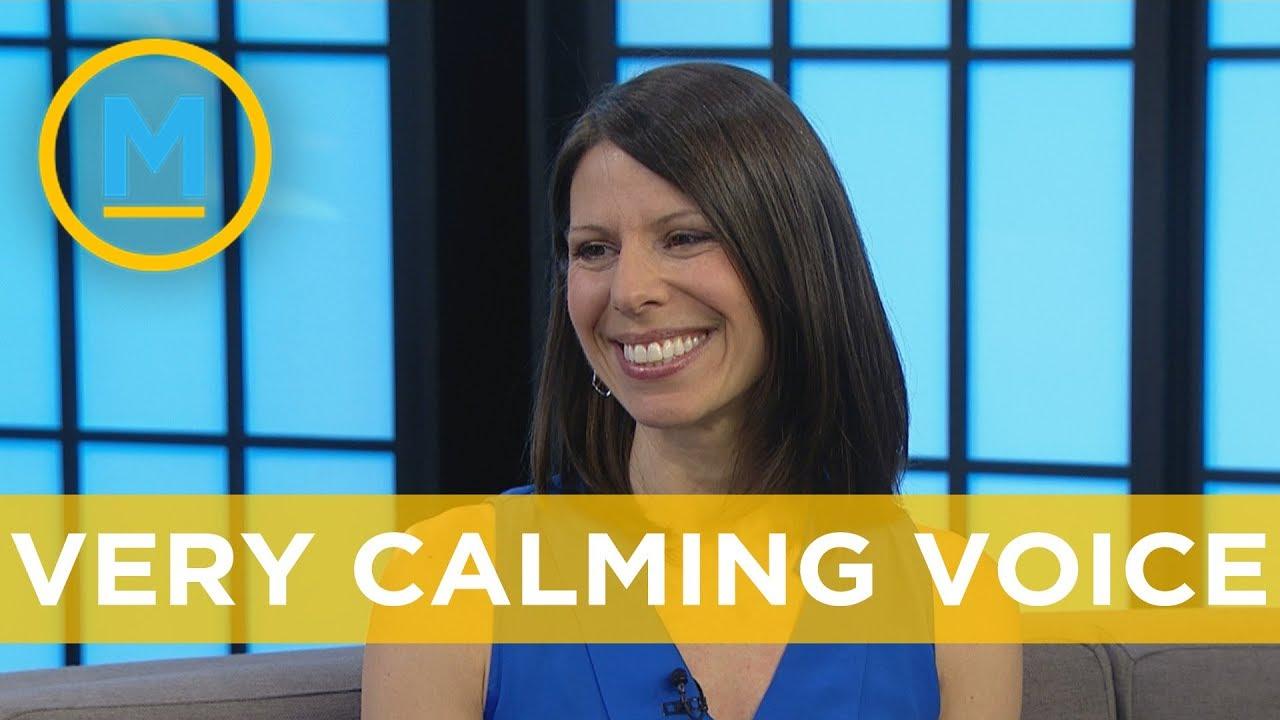In a world that often feels overwhelming and frenetic, meditation apps have emerged as a beacon of tranquility for many seeking respite from daily chaos.With a simple tap on a smartphone,users can access a wealth of guided sessions led by various voices,each with the potential to either soothe the mind or distract from the journey inward. But amid the rise of these digital sanctuaries, a critical question arises: which meditation app truly boasts the best voices? Is it the soft, melodic tones that effortlessly lull you into relaxation, the more enthusiastic guides that bring a sense of urgency to mindfulness, or the distant, almost mechanical drones that leave you pondering their purpose? In this exploration, we’ll plunge into the auditory landscape of popular meditation apps, evaluating the soundscapes they offer. We aim to unravel the sonic experiences they provide, shedding light on how voice quality impacts the mindfulness journey for practitioners at every level. Join us as we traverse this intriguing auditory terrain, discerning the soothing from the annoying, the human from the robotic, and discovering which app delivers the most resonant experience for your meditation practice.
exploring the Soundscape of Meditation Apps
When it comes to meditation apps, the auditory experience can considerably impact the effectiveness of your practice. Users often find themselves drawn to soothing voices that create a sense of calm and foster deep relaxation. These voices can be characterized by a soft tone, gentle pacing, and an overall soothing inflection that encourages users to sink into their meditative state. In contrast, voices that might be perceived as annoying can interrupt the tranquility that meditation seeks to cultivate. Characteristics of these voices may include harsh tonal qualities, overly fast speech, or an overly energetic demeanor that feels out of place during a moment of stillness.
Furthermore, some meditation apps employ robotic voices that deliver guided sessions with precision but often lack the warmth and emotional connection that many users crave. While the clarity of these voices can be beneficial for instruction, they frequently miss the nuanced human touch that resonates with listeners. To illustrate the differences, consider the following breakdown of the types of voices found across various meditation apps:
| Voice Type | Description |
|---|---|
| Soothing | Calm, gentle tones that promote relaxation. |
| annoying | Harsh or overly energetic delivery that disrupts meditation. |
| Robotic | Clear but emotionless instructions that lack warmth. |
Ultimately, the choice of voice in meditation apps plays a crucial role in shaping the user experience. Finding the right balance between guidance and tranquility can transform a simple app into a powerful tool for mindfulness and relaxation. Whether you prefer a voice that envelops you in warmth or one that maintains a crisp, instructional clarity, the right auditory backdrop can enhance your meditation journey and promote a deeper sense of peace.

The Art of a Soothing Voice in Mindfulness Practices
the beauty of mindfulness practices frequently enough lies in the voice guiding you through the experience. A soothing voice has the remarkable capacity to evoke tranquility and foster a deeper connection with the self, allowing for a more profound meditative journey. However, the effectiveness of a voice goes beyond mere tone; it encompasses tempo, inflection, and warmth. A well-modulated voice, free of harsh intonations or distracting idiosyncrasies, can create a safe space for practitioners to relax and open their hearts. Whether it’s a gentle whisper or a calm, steady cadence, the right voice can significantly influence the overall ambiance of a meditation session.
When evaluating different meditation apps, it’s vital to consider the emotional impact of the voices used. While some practitioners may prefer a classic, enveloping sound that feels nurturing, others might seek the excitement of a more dynamic vocal presence. Consider these qualities when exploring the plethora of choices available:
- Clarity: Does the voice articulate words distinctly without losing the essence of calm?
- Comfort: does the voice evoke warmth and safety, drawing you deeper into the practice?
- Connection: Is there a sense of relatability, making the guide feel like a compassionate companion on your journey?
| App Name | Voice Type | User Ratings |
|---|---|---|
| Calm | Soothing | 4.9 |
| Headspace | friendly | 4.7 |
| Insight Timer | Diverse | 4.8 |
| Simple Habit | Calm | 4.6 |

Navigating the Spectrum: From Annoying to Robotic Tones
When exploring the world of meditation apps, the tone of the guiding voice can significantly influence your experience. Users frequently enough find themselves on a spectrum ranging from soothing to annoying and even robotic voices. Soothing voices typically offer a calming presence, encouraging relaxation and focus. These voices often feature gentle tones, natural inflections, and a pace that allows listeners to sink into a meditative state. On the other end of the spectrum, there are voices that users may find irritating – perhaps due to a grating manner of speech or overly dramatic delivery, which can detract from the intended mediation experience.
Simultaneously occurring,many apps have also turned to artificial intelligence to create robotic voices that lack the human touch. While these voices may possess high clarity and consistency,they frequently enough fall flat in delivering emotional depth. Here’s a swift comparison of different meditation apps that highlight the wide variety of voice types available:
| App Name | Voice Type | Notable Features |
|---|---|---|
| Calm | Soothing | Gentle inflections, immersive soundscapes |
| headspace | Soothing | Friendly and encouraging tone |
| Insight Timer | Varied | Community contributions with diverse voices |
| Smiling Mind | Annoying | Overly enthusiastic delivery |
| Simple Habit | Robotic | Crisp but emotionless guidance |

Top Recommendations for the Most Calming narrators
When it comes to meditation apps, the voice behind the guidance can enhance or detract from the experience profoundly. Here are some of the top recommendations for soothing narrators that many users have found notably calming:
- Calm: The narrators, including LeBron James and Stephen Fry, bring a unique charm that adds depth to the meditation process.
- Headspace: With Andy Puddicombe’s gentle voice,users often feel like they’re in the presence of a close friend,making sessions feel both personal and relaxing.
- Insight Timer: This app features a community of varied voices, allowing users to explore different styles and find their perfect match.
For those who might prefer a more structured overview of the most calming narrators across popular meditation apps, here’s a brief comparison:
| App | Calming Narrators | Notable Features |
|---|---|---|
| Calm | LeBron James, Stephen Fry | Celebrity narrations, Sleep stories |
| Headspace | Andy Puddicombe | Simple, humorous approach |
| Insight Timer | Various community voices | Large libary, personal choice |
In Summary
As we wrap up our exploration of the auditory landscape of meditation apps, it’s clear that the voice guiding us through our mindful journeys can significantly shape our experience. Whether you find bliss in soothing tones, feel a sense of urgency from more mechanical speakers, or prefer the charm of an unexpectedly quirky delivery, it’s essential to align your choice of app with your personal preferences. Each voice carries its own energy, which can either enhance your practice or distract you from the tranquility you seek.
So, as you embark on your quest for the perfect meditation companion, remember that the best voice is ultimately the one that resonates with your spirit and enhances your journey inward. We hope our insights help you navigate this world of diverse options and that you find the perfect match for your meditation needs. After all, in the quest for peace and mindfulness, every note counts.Happy meditating!



